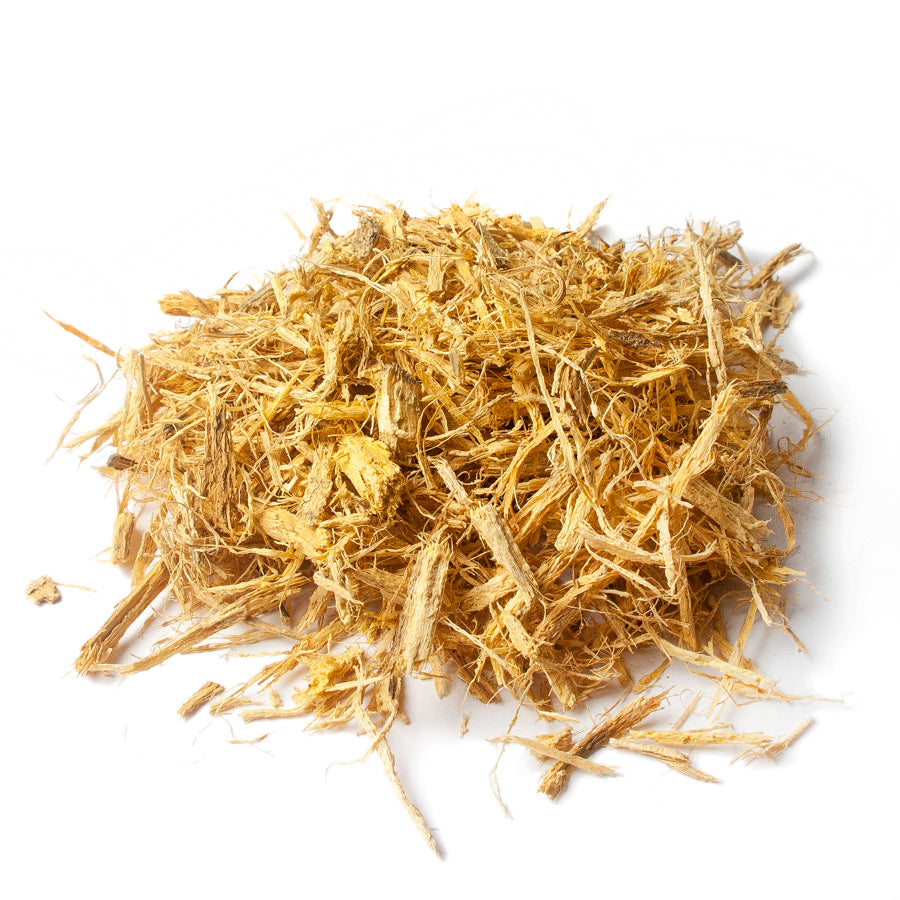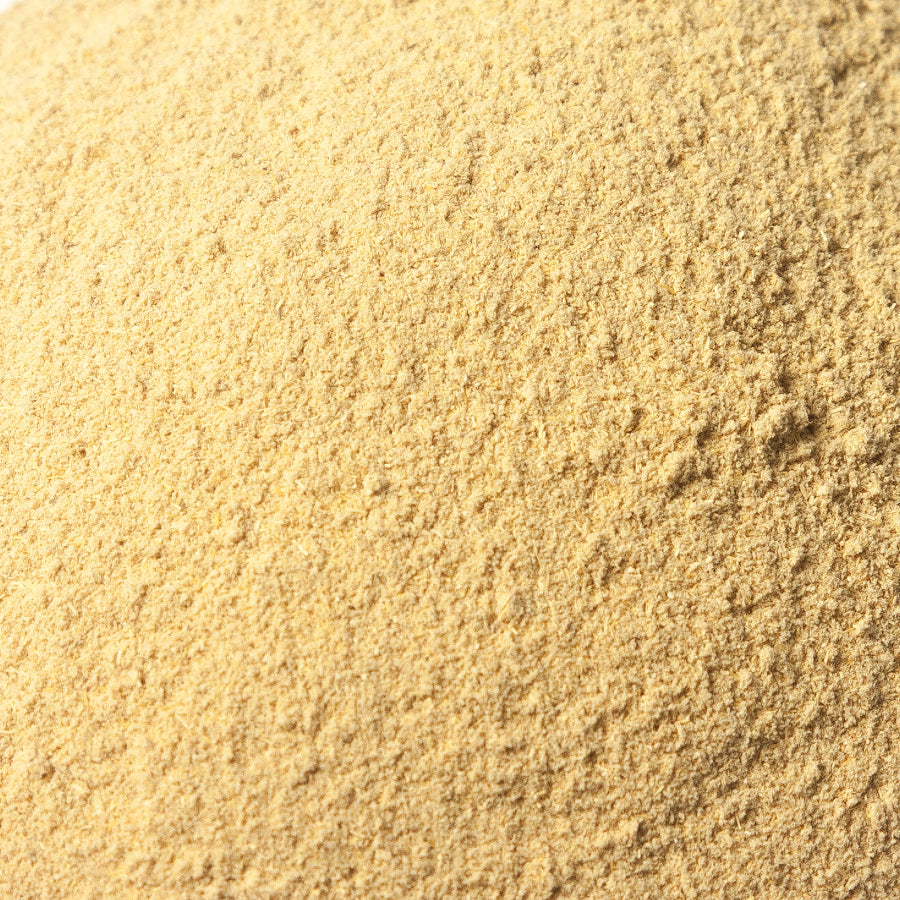Herbaldimensions.com
Mulungu (Erythrina mulungu)
Mulungu (Erythrina mulungu)
Couldn't load pickup availability
Share
Botanical name: Erythrina mulungu
Common names: Mulungu, coral flower, corticeira, murungu, muchocho, murungo, totocero, flor-de-coral, árvore-de-coral, amerikadeigo, ceibo, chilichi, chopo, hosoba deiko, pau-imortal, mulungu-coral, capa-homem, suiná-suiná
Family: Fabaceae
Part used: Root bark
Mulungu is a medium-sized, well-branched tree that grows 10-14 m high. It produces a profusion of pretty, reddish-orange flowers (pollinated by hummingbirds) at the ends of the tree's many branches. The tree is sometimes called "coral flower," as the flowers resemble the colour of orange coral
Mulungu has long been used in Brazil by indigenous peoples as a natural sedative. It has been used to calm an overexcited nervous system and promote a restful sleep. It is also used for treating asthma, bronchitis, gingivitis, hepatitis, inflammation of the liver and spleen, intermittent fevers, and to clear obstructions in the liver. It is traditionally prepared by making a decoction and drinking the resulting tea.
It's main use by herbal practitioners inside and outside of South America is for its ability to treat anxiety and to promote a good nights sleep, calm stress and relieve depression. Studies have also shown it useful in quitting tobacco.
Contraindications: It may cause drowsiness and is has been used traditionally to lower blood pressure. Those with low blood pressure or those on medication for low blood pressure should exercise caution.
References:
https://www.rain-tree.com/mulungu.htm
https://en.wikipedia.org/wiki/Erythrina_mulungu
https://www.ncbi.nlm.nih.gov/pmc/articles/PMC4192578/









